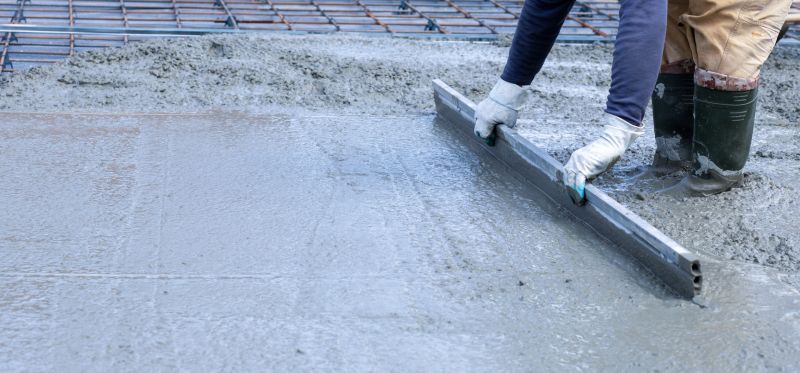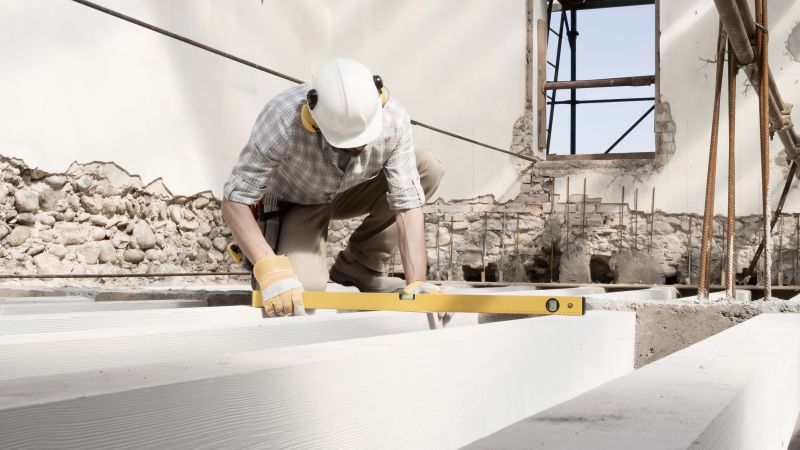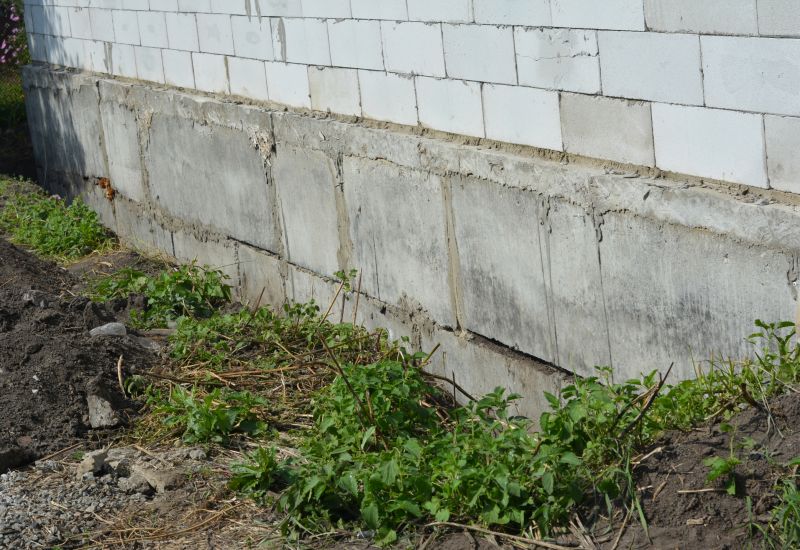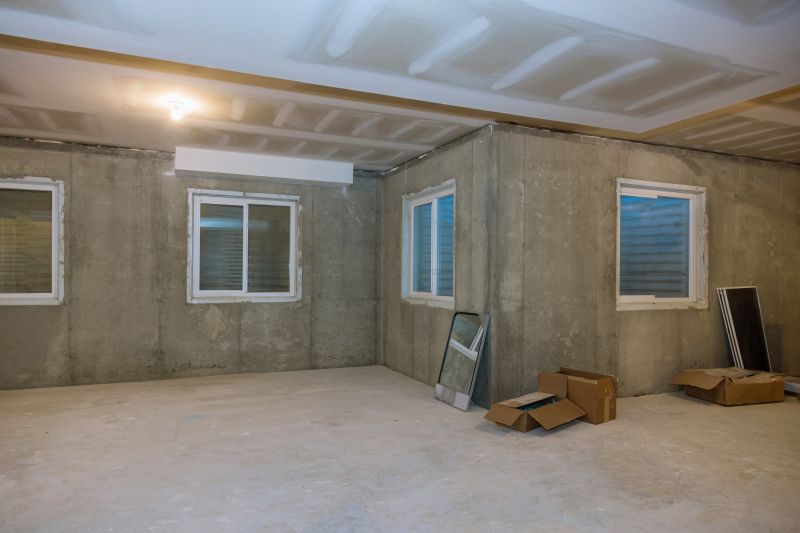
When To Get Basement Leveling
Timing for basement leveling is crucial to ensure structural stability, reduce costs, and minimize disruptions. Optimal seasons include spring, late summer, and early fall due to favorable ground and weather conditions.

Timing for basement leveling is crucial to ensure structural stability, reduce costs, and minimize disruptions. Optimal seasons include spring, late summer, and early fall due to favorable ground and weather conditions.

Professional basement leveling reduces water pooling and prevents issues like foundation cracking and uneven flooring. The process involves assessments, precise measurements, and application of leveling compounds or mudjacking to ensure stability.

Foundation leveling restores stability in homes and buildings by correcting settlement or sinking issues, preventing structural damage, and ensuring safety through specialized inspection, lifting, stabilization, and reinforcement techniques.

Foundation repair is vital for maintaining structural integrity, involving techniques like crack sealing, pier and beam stabilization, slab jacking, and underpinning to ensure safety and longevity of buildings.

Crawlspace encapsulation involves sealing and insulating the area beneath a building to prevent moisture intrusion, improve air quality, and enhance energy efficiency, which helps protect the home's structural integrity and reduce repair costs.

This overview discusses factors affecting basement leveling costs including surface condition, unevenness, material choices, and additional repairs. Cost estimates vary based on size, severity, and specific project requirements.